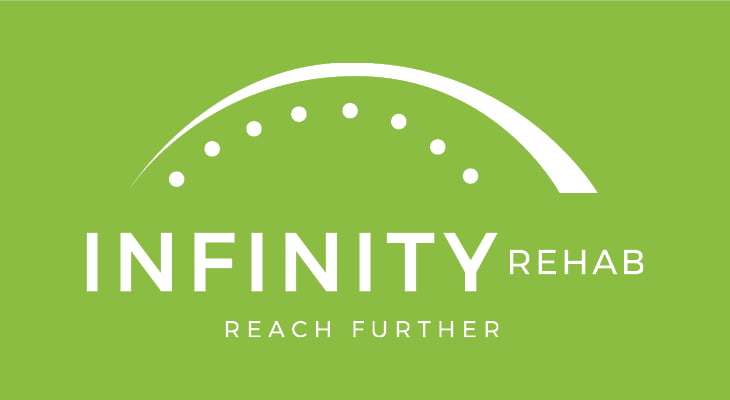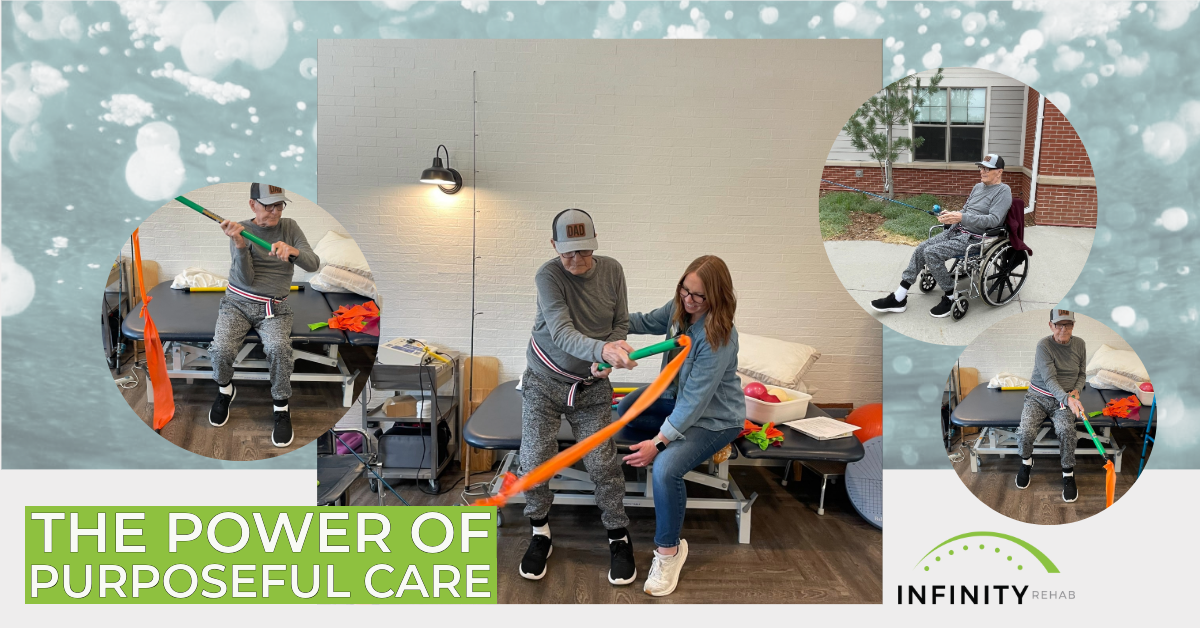From the National Association for the Support of Long-term Care:
On January 26, Sylvia M. Burwell, Secretary Department of Health and Human Services (HHS) announced a significant new initiative to transition payments under the traditional, Medicare fee-for-service program to alternative value-based payment models. HHS set a goal of achieving value-based payments through the use of alternative payment models for 30 percent of Medicare fee-for-service payments by the end of 2016, and 50 percent of payments by the end of 2018. In addition, HHS announced a separate goal of linking 85 percent of all Medicare fee-for-service payments to quality or value by 2016 and 90 percent by 2018.
HHS classifies health care payments to providers into four categories. Category 1 includes fee-for-service payments that are not linked to quality, whereas Categories 2-4 involve value-based payments:
Category 1—Fee-for-service with no link of payment to quality: Payments under Category 1 are based on the volume of services provided and are not connected with quality or efficiency. According to CMS, the majority of Medicare payments are now linked to quality, so only a limited number of Medicare payments fall under Category 1.
Category 2—Fee-for-service with a link of payment to quality: Under Category 2, at least a portion of payments to providers vary based on quality or efficiency of health care services. Examples of current initiatives under this category include the Hospit
al Value-Based Purchasing Program, the Hospital Readmissions Reduction Program, the Hospital Acquired-Condition Reduction Program, and the physician value-based modifier.
Category 3—Alternative payment models built on fee-for-service architecture: Payments to providers under this category are linked to the effective management of a population or an episode of care. They are triggered by the delivery of health care services, but there are opportunities for shared savings or two-sided risk. Examples of current initiatives include accountable care organizations (ACOs), medical homes, bundled payments, the Comprehensive Primary Care Initiative, comprehensive ESRD payments, and the Medicare-Medicaid financial alignment initiative fee-for-service model.
Category 4—Population-based payment: Payments included in this category are not triggered by the delivery of services and are not tied to volume. Rather, providers are paid and are responsible for the care of a beneficiary for an extended period of time. Eligible Pioneer ACOs in years 3 through 5 are included in this category.
HHS noted that prior to 2011, many Medicare payments to providers were tied only to volume. As a result of payment changes established by the Affordable Care Act and other initiatives, such as the Medicare Shared Savings Program (MSSP) and Pioneer ACOs, the Bundled Payment for Care Improvement Initiative, and the Comprehensive Primary Care Initiative, by 2014 approximately 20 percent of Medicare payments were linked directly to quality and have shifted to Categories 3 and 4. HHS proposes to achieve its benchmark related to increasing the percentage of payments encompassed by Categories 3 and 4 to 30 percent by 2016, and 50 percent by 2018 by further investing in alternative payment models such as ACOs, advanced primary care medical home models, new models of bundling payments for episodes of care, and integrated care demonstrations for beneficiaries that are Medicare-Medicaid enrollees.
HHS suggests that shifting payments from Category 1 to Category 4 involves two changes: (1) increasing accountability for both quality and total cost of care and (2) a greater focus on population health management rather than payment for specific services. According to an article published in the New England Journal of Medicine that was released concurrently with the announcement of the initiative, HHS is pursuing three strategies to drive progress: (1) create an environment that provides hospitals, physicians and other providers with the resources, flexibility and incentives to deliver high quality care; (2) improve the delivery of care; and (3) accelerate the availability of information to guide decision making. With respect to the first strategy, HHS anticipates developing new payment models for specialty care, beginning with oncology, as well as instituting payments to providers for coordinating care for patients with chronic conditions. HHS highlights policies it has implemented to improve the delivery of care that encourage greater integration within practice sites, increase care coordination among providers and focus more attention to population health. In regards to the third strategy, HHS recognizes the Administration’s health information technology (HIT) initiative, which focuses on the adoption of electronic health records and meaningful use, as well as the alignment of HIT standards and practices with payment policy.
To achieve its goals, HHS is establishing the Health Care Payment Learning and Action Network to work with private payers, employers, consumers, providers, states and state Medicaid programs, and other partners to expand alternative payment models into their programs. The Network is scheduled to hold its first meeting in March 2015 and will work to facilitate the adoption of more advanced payment models by:
- Serving as a convening body to facilitate joint implementation and expansion of new models of payment and care delivery;
- Identifying areas of agreement around movement toward alternative payment models and defining how best to report on these new payment models;
- Collaborating to generate evidence, share approaches, and remove barriers;
- Developing common approaches to core issues such as beneficiary attribution, financial models, benchmarking, and risk adjustment; and
- Creating implementation guides for payers and purchasers.
Analysis: These initiatives should be viewed within the context of the IMPACT Act and the interests expressed in Congress, by MedPAC, and by the Administration to reform the payment structures for post-acute care. This is also why Infinity Rehab is so aggressively moving forward with its care redesign initiatives, beginning with the standardization of outcomes tracking and recording.







